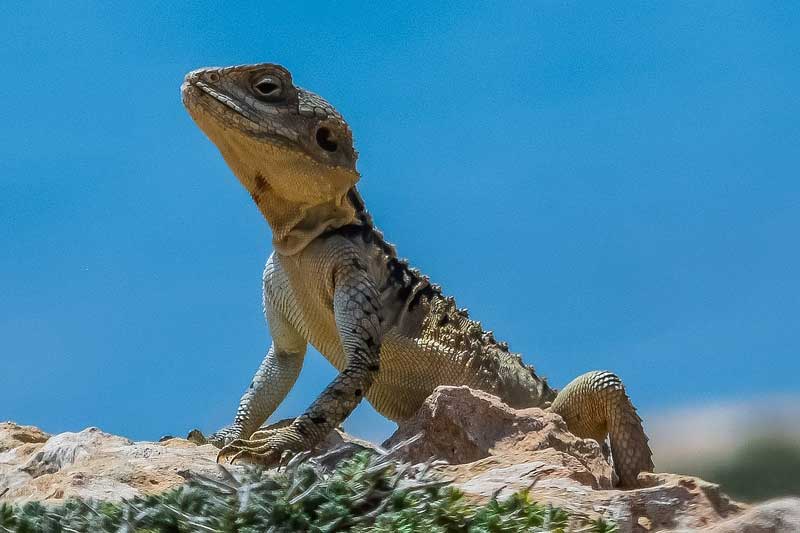
Adaptation is a special biological process that makes an organism highly fit for all ecological changes. Most body parts in an organism or their functions serve as an adaptive trait. It is a key element that determines biological fitness. Adaptations are usually heritable alterations. It differs from acclimatisation or flexibility, which are non-inheritable alterations. In this article, let’s have a look at adaptation and its significance in the evolutionary process.
Adaptation and Evolution
The terms adaptation, evolution and natural selection are interrelated biological aspects. Any gradual morphological, physiological or behavioural change in an organism that has an effect on its survival is called adaptation. It is an evolutionary process in which an organism becomes a better version of itself in order to succeed. Here, evolution denotes alterations in the heritable characters that are passed from one generation to another. Also, only the best-adapted organisms are most likely to survive and produce progenies. This is termed as the ‘survival of the fittest’. The world we see today is a successful result of adaptation and evolution.
Different Types of Adaptations
Different animals show different kinds of adaptations. Based on the kinds of responses to stimuli, the changes or adaptations can be classified into the following –
Physiological
Any change in an animal’s biological function is termed physiological adaptation. It is seen as a kind of metabolic response in order to maintain homeostasis. Maintaining body temperature in accordance with the external environment and skin tanning are also considered animal adaptations. Another example would be the release of poison or toxins by snakes and certain spiders.
Behavioural
Any change in an animal’s behaviour in order to survive will come under behavioural adaptations. This mostly includes migration. Most birds travel long distances to escape the harsh climatic conditions at their home. The arctic tern (bird) migrates the longest distance between the arctic and antarctic each year. Migrations can also be seen in other animals like crustaceans, reptiles and insects. Not just migration, hibernation is also a behavioural response seen in certain animals. It helps to reduce the metabolic rate during winters.
Structural
Camouflage ability seen in certain organisms is a major example of structural adaptation. Some animals also mimic other animals for survival. Most of these pertain to the animal’s natural environment. Another example would be the fur and blubber of the polar bear. Most carnivorous animals also show evolved adaptations that help them to hunt. They have long, sharp teeth and also strong jaws. Likewise, the beaks, feathers and feet of birds are also adapted to their surroundings and food habits.
Do plants show adaptations?
Plants also show adaptations in order to survive in a particular habitat. This explains why some plants are found only in particular environments. Most desert plants show stem and leaf modifications that prevent them from excess loss of water, for example, Spines on Cacti. Likewise, most plants in the tropical rainforest have smooth or waxy surfaces that help the water to run off. Aquatic plants like Vallisneria and Hydrilla have flexible stems and thin leaves that help them to move with water currents.
To learn more about Adaptations, register at BYJU’S YouTube channel.




%2520(1).png)


